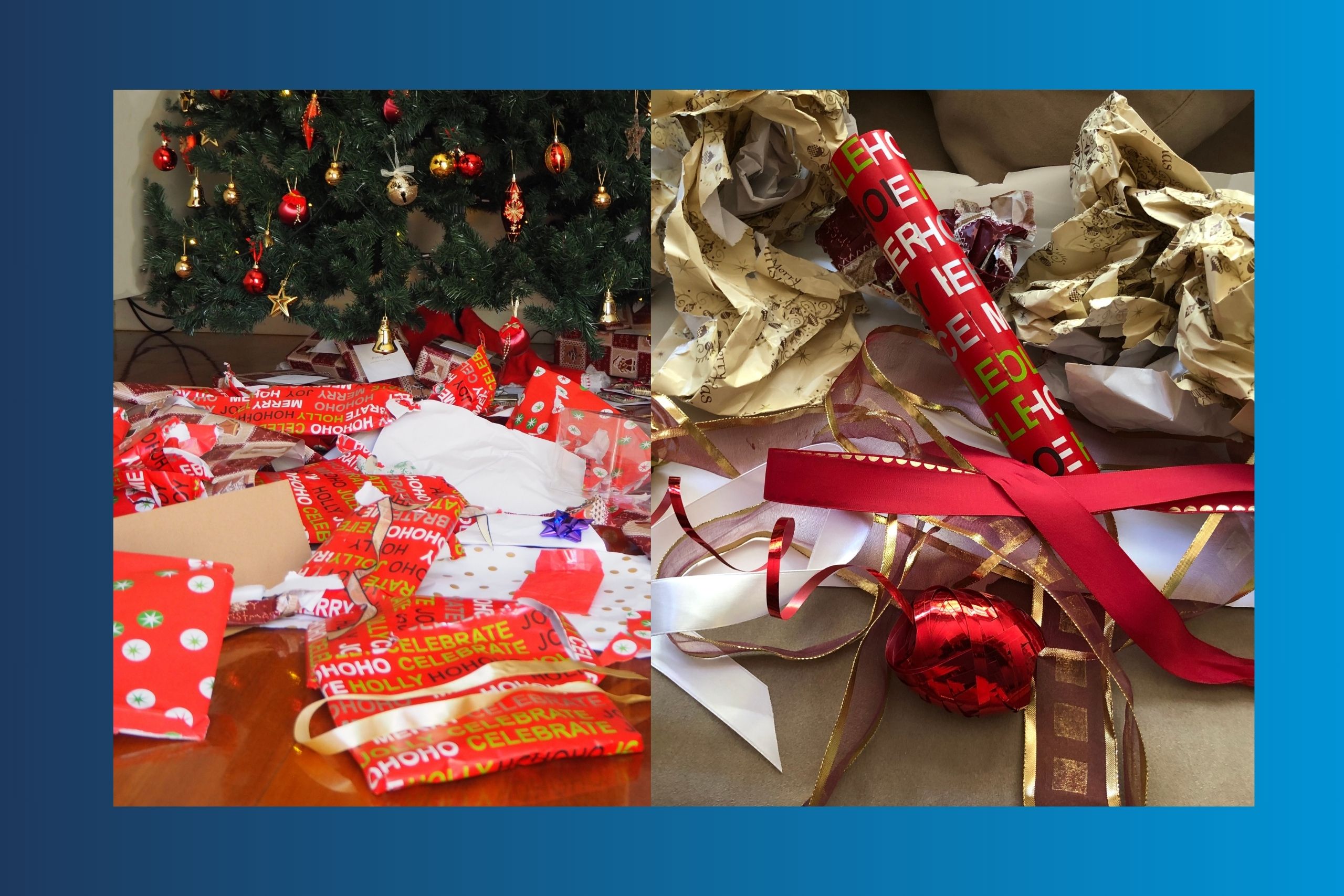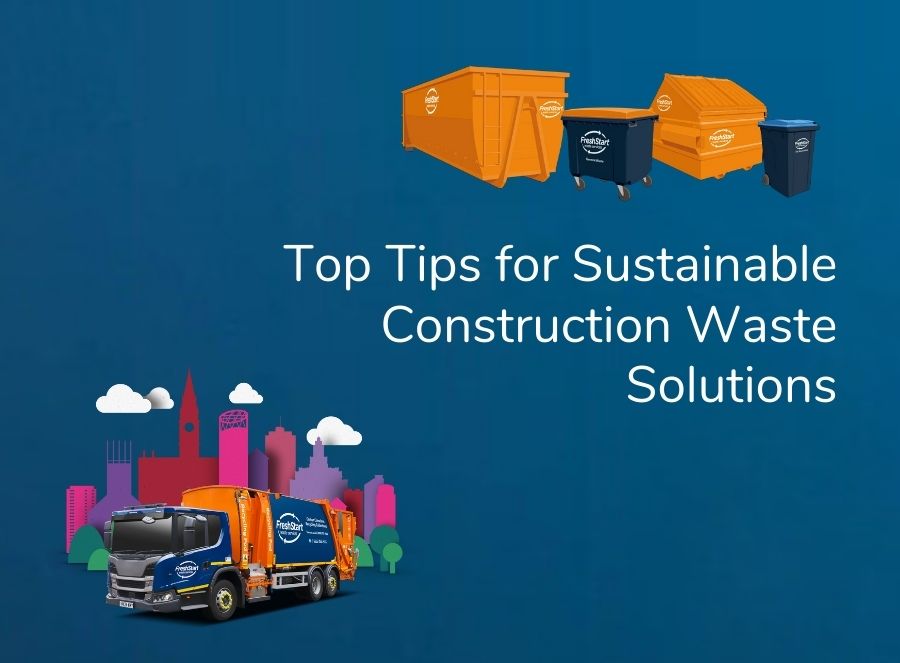While there may be some debate whether he lives in Lapland, at the North Pole, or even in Spain as the Dutch believe, it’s a well-known fact that Father Christmas has a very modern outlook on life, as seen in revealing documentaries such as Elf and Santa Claus: The Movie.
This extends in his attitude towards recycling.
If we assume that he lives in relative isolation somewhere inside the Arctic Circle, supplies are going to be scarce for Mr & Mrs Claus and their hardy team of elves and reindeer.
With this in mind, we’ve investigated how adopting a zero-waste lifestyle has enabled Santa to keep the world’s children in presents for hundreds of years, and hopefully hundreds more to come.
Food
Santa’s thoughts on global warming aren’t public knowledge. But, even before the reduction in the polar icecaps, he could grow a wide variety of fruit and vegetables on his plot of land.
In fact, growing food is vital to his self-sufficient way of life. He works with dozens of elves, who despite being short in stature work up enormous appetites on the factory floor – and of course, it’s well known that Father Christmas has more than a passing interest in a hearty meal himself!
On top of their daily rations of sweets and Kendal Mint Cake to help them through the cold weather, root vegetables such as potatoes, carrots and swedes are a staple on the menu. There are even some hardy varieties of strawberry that thrive in the chilly conditions.
Speculation is that they tend a series of greenhouses to, producing a wide range of interesting crops throughout the year, while they likely make use of some strains of barley which grow elsewhere inside the Arctic Circle.
They can mill this to produce the flour that goes into their mince pies, which aren’t just a festive treat that far north, but a foodstuff enjoyed every day of the year.
With each person at Father Christmas HQ expected to munch through around a 1,000kg of food per annum, this creates somewhere around 8-10 tonnes of food waste, practically all of which goes back into their perfectly balanced ecosystem.
















